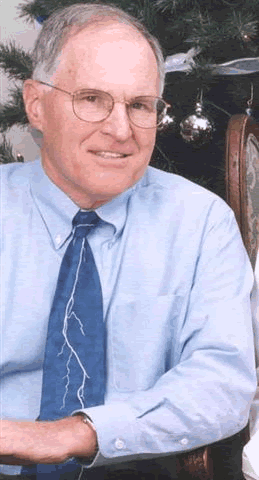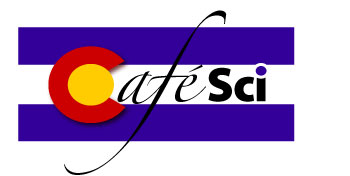RICHARD KITHIL Jr.(“Kit-hill”) is Founder and CEO of the non-profit National Lightning Safety Institute or “NLSI”, located near Denver, Colorado. NLSI provides objective information about mitigation of the lightning hazard through consulting, education, and research. NLSI does not market any products or have any relationships with any commercial vendors. Mr. Kithil has written more than 150 articles, papers and reports on lightning safety issues. He has presented lightning safety clinics, workshops and seminars to groups in this country and overseas. He is frequently quoted in the national press. He has appeared on NBC Dateline, ABC 20-20, the Discovery Channel, National Geographic TV, The Weather Channel, the BBC and other TV programs to discuss lightning safety. He is a consultant to the US Golf Association. He is an appointed member to two US Federal Government Agencies: The Department of Defense Explosive Safety Board Lightning Policy Review Committee Standard 6055.9; and the Department of Energy (DOE) Lightning Protection Standard Review Council Standard M-440.1-1. Kithil is a named “Nationally Recognized Subject Matter Expert” with DOE. He has consulted with NASA, the US Army, the US Navy, the US Air Force, the Dept. of Energy, the Federal Aviation Administration, the US Coast Guard, the Environmental Protection Agency, the White House and the National Weather Service on lightning hazard mitigation issues. He has completed seven consulting projects for NASA at their various operations. Recently he was commissioned to perform lightning hazard analyses studies for the Dallas-Fort Worth Airport Authority and for two large gold mines, one in Peru and one in Ghana. He is the editor of an illustrated 220 page how-to book called “Lightning Protection for Engineers” available through NLSI. At present, NLSI is mentoring interested organizations outside the USA to establish similar lightning safety organizations worldwide.
|

|
Lightning is the most dangerous and frequently encountered weather hazard that most people experience each year. It is the second most frequent weather-related killer in the United States with nearly 100 deaths and 500 injuries each year. (Floods and flash floods are the number one cause of weather-related deaths in the U.S.)
The action of rising and descending air within a thunderstorm separates positive and negative charges. Water and ice particles also affect the distribution of the electrical charge. Lightning results from the buildup and discharge of electrical energy between positively and negatively charged areas.
Each spark of lightning can reach over five miles in length, soar to temperatures of approximately 28,000 degrees Celsius (hotter than the surface of the sun), and contain 100 million electrical volts.
An average flash could illuminate a 100 watt light bulb for more than three months.
The rapid heating and cooling of the air near the lightning channel causes a shock wave that results in thunder. If you hear thunder, you're within the range of lightning, so don't just stand there. Come to the Café and find out what to do!
The Nation will celebrate its fourth annual National Lightning Safety Awareness Week, June 24-30, 2007. Lightning Safety Week is held the last full week of June each year, and is sponsored by the National Weather Service. Check out their fun multimedia page.
Recommended resourcesThe National Lightning Safety Institute has a lot of useful information. For more information, see the comprehensive lightning safety topic on line at the NLSI website: www.lightningsafety.com UCAR (NCAR) in Boulder has an excellent Lightning FAQ. Where's the most lightning in Colorado? Check this map from NOAA. You can listen to live streaming audio of National Weather Service broadcasts from Greeley.
|
